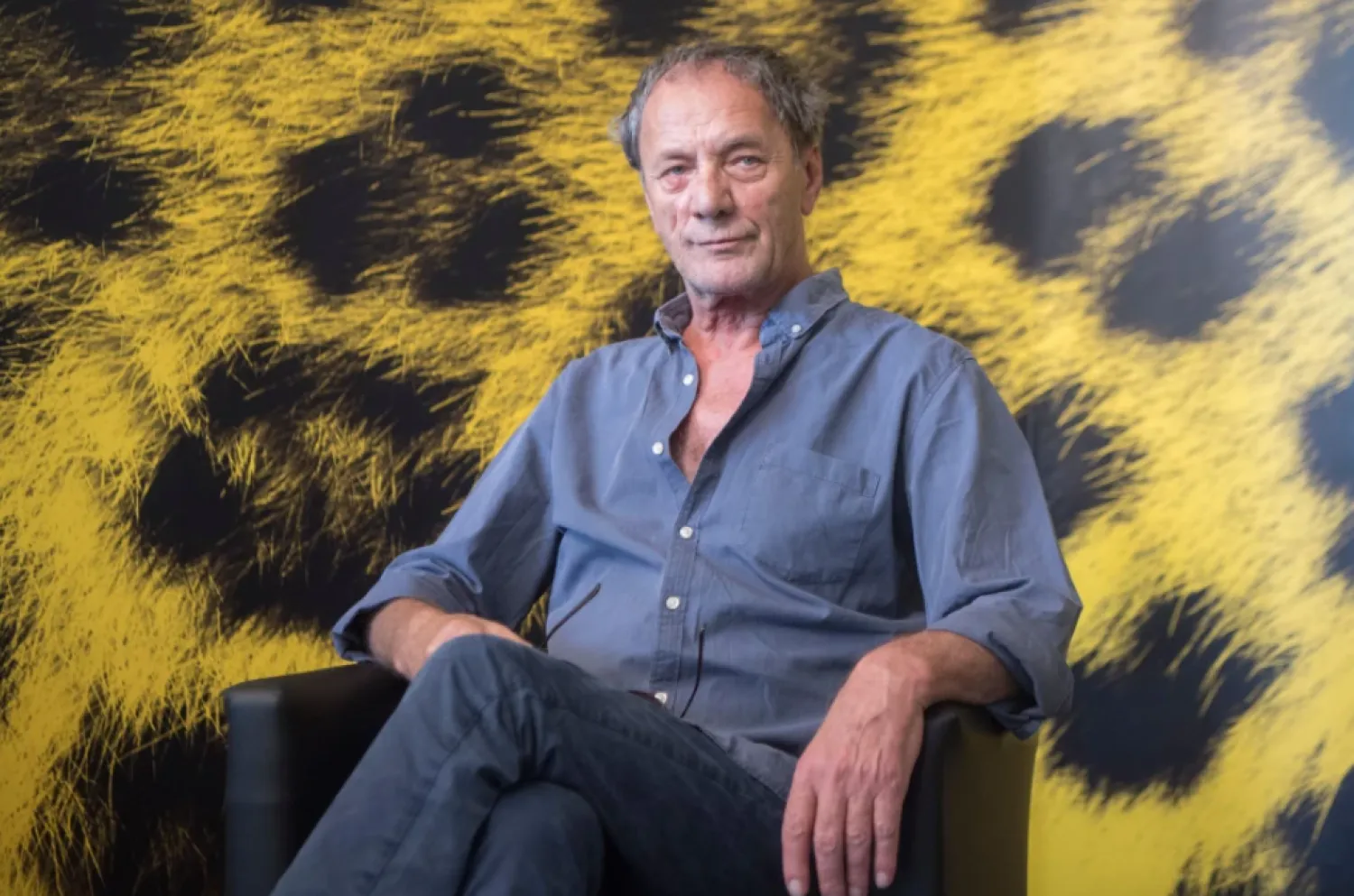Ed Currie, the South Carolina hot pepper expert who crossbred and grew the Carolina Reaper that’s hotter than most pepper sprays police use to subdue unruly criminals, has broken his own world record with a pepper that’s three times hotter.
Pepper X was publicly named the hottest pepper in the world on Oct. 9 by the Guinness Book of World Records, beating out the Reaper in Currie’s decadelong hunt to perfect a pepper that he says provides “immediate, brutal heat.”
Currie said when he first tried Pepper X, it did more than warm his heart.
“I was feeling the heat for three-and-a-half hours. Then the cramps came,” said Currie, one of only five people so far to eat an entire Pepper X. “Those cramps are horrible. I was laid out flat on a marble wall for approximately an hour in the rain, groaning in pain.”
Heat in peppers is measured in Scoville Heat Units. Zero is bland, and a regular jalapeno pepper registers about 5,000 units. A habanero, the record-holder about 25 years ago, typically tops 100,000. The Guinness Book of World Records lists the Carolina Reaper at 1.64 million units.
Pepper X’s record is an average of 2.69 million units. By comparison, pepper spray commonly holstered by police is around 1.6 million units. Bear spray advertises at 2.2 million units.
Pepper X has been in the works since Currie last set the hottest pepper record in 2013 with the Carolina Reaper, a bright red knobby fruit with what aficionados call a scorpion tail. The goal was to offer an extremely hot pepper flavored with sweetness.
Pepper X is greenish-yellow, doesn’t have the same shelf appeal and carries an earthy flavor once its heat is delivered. It’s a crossbreed of a Carolina Reaper and what Currie mysteriously classifies as a “pepper that a friend of mine sent me from Michigan that was brutally hot.”
The chemical in peppers that causes the burn is called capsaicin and not dangerous unless pounds of it are consumed. Even so, the minds of humans and other mammals perceive capsaicin as a threat and send a strong burning signal to the body. Because birds don’t have the same reaction, they are able spread pepper seeds while sparing the plant.
The burning sensation spurred in humans also releases endorphins and dopamine into the body. Currie, who went all in to growing peppers after kicking drug and alcohol addictions, considers that kick a natural high. He shares his peppers with medical researchers, hoping they can use them to cure disease and help people who suffer chronic pain or discomfort.
For Currie, having the hottest pepper in the world has been a two-decade obsession. It took 10 years to get Pepper X from the first crossbreed experiment to the record, including five years of testing to prove it was a different plant with a different fruit and documenting its average heat over different plants and generations.
“We covered the genetics, we covered the chemistry, we covered the botany,” he said.
Currie, who is trying to build an empire of hot pepper sauces through his PuckerButt company, said he also learned plenty of business lessons during the past decade. While the Carolina Reaper drew much attention, much of it was not proper — or profitable.
Currie allowed people to grow the peppers without protecting his ideas. His lawyers have counted more than 10,000 products that use the Carolina Reaper name, or its other intellectual property, without permission.
Currie is protecting Pepper X. He said no seeds will be released until he is sure his children, his workers — many of whom are on their second chances like him — and their families can fully earn the rewards of his work.
“Everybody else made their money off the Reaper. It’s time for us to reap the benefits of the hard work I do,” Currie said.
That work includes dozens of fields across York County, secret greenhouses where Currie works on peppers to prevent them from being stolen and a PuckerButt store in Fort Mill where Currie works on dozens of sauce ideas that range from mild to blazing hot. He also sells his peppers to companies worldwide.
Challenges involving extremely spicy foods have made headlines after a chipmaker pulled its products following a teen’s death.
Currie wants people to eat peppers and thinks they can benefit from the rush that comes after the burn. He calls most hot pepper challenges stupid and cautions pepper peekers against being overly ambitious and reaching too quickly for a Carolina Reaper or Pepper X.
“You build up a tolerance," Currie said, later hinting that more pepper heat may be bubbling up from the fields, labs and chillers that he won’t let fans, reporters or even the bankers helping his business expand see.
“Is this the pinnacle?” Currie said of Pepper X, a mischievous smile warming his face. “No, it’s not the pinnacle.”









